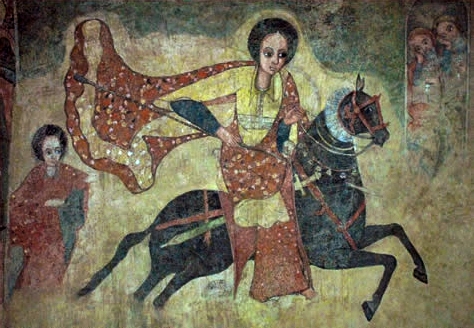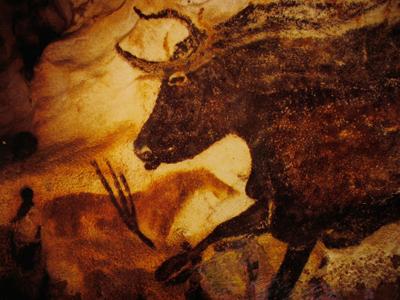I took a visit to a Baptist Church in town. And I am from a Catholic background, so I was interested to see what differences there were between the two.
The traditional Catholic Mass is very structured. The mass is the celebration of the Eucharist, or communion, which is the celebration and remembrance of Jesus and of the Lord’s Last supper where he gave bread and wine to the disciples and told that it was his body and blood.
The Mass is very structured and has many parts. The part are separated into four categories: The Introductory Rite, The Liturgy of the Word, The Liturgy of the Eucharist, and The Concluding Rites. During The Introductory Rite, the priest greets the congregation and then as everyone participates in asking for God’s forgiveness. This is then followed by the Kyrie Eleison and the Gloria–Song’s claiming how glorious God and Jesus are–which are usually sung or chanted. There is then a short prayer called the Collect. The Liturgy of the Word consists of a reading from the Old Testament, a hymn, a reading from the New Testament, and then a reading from the gospel, which is then followed by a homily, where the priest essentially gives a speech, usually relating to the gospel reading. There is then a reading of a creed, usually the Apostle’s creed followed by prayer of the faithful, during which there are intentions for members of the local, national, and global community. The Liturgy of the Eucharist has many parts, but the most important part is the Eucharistic Prayer, where the bread and wine are consecrated as the body and blood of Christ. This is followed by a reciting of the Lord’s Prayer (The “Our Father”) and then the communion be given out to everyone in the congregation. The concluding Rite is essentially the time when members of the church can share about events happening happening in the community. The priest then blesses the congregation one last time and the priest then leaves while a hymn is played and everyone then departs. The Concluding Rite is very brief. Essentially, the whole mass leads up to the point of the transubstantiation, which is the central focus of each mass, as it is the sacrament of communion.
 |
| The Fox River Baptist Church in Appleton, Wisconsin |
The day I visited the church, it was not a service during which they take part in the ordinance of The Lord’s Supper. The main focus of the service seemed to be the sermon given by the Pastor. During the sermon there were many references to the scripture, specifically the Gospels, and this particular church had a projector projecting the referenced readings behind the pastor as he talked. The sermon took up about 45 minutes of the hour and a half service, so it seems clear that it is an important part of the service. Another interesting aspect of this sermon, was that whenever the pastor made a strong point about the faith people are welcome to say “amen” out loud during the sermon.
During the first half of the service there was firstly a greeting from a community member and events happening in the community were announced at this time. Then all members of the congregation were allowed to greet each other for a few minutes. I was fairly nervous at this point, but everyone was being very welcoming and I met a lot of the members of the church. There were many songs sung and one reading from the book of Psalms before the Sermon started. Certainly there is less structure to the Baptist service than a Catholic one, and fewer symbolic actions and repeated phrases than a Catholic mass.
It is interesting to see how two different branches of Christianity have the same, yet different beliefs. Their beliefs are essentially the same, though they the differ in key areas such as baptism and the communion. It seems that they are both just two different paths to the same goal, and for these faiths, that goal is life with God.
Thanks to the Fox Valley Baptist Church for being so welcoming!

















